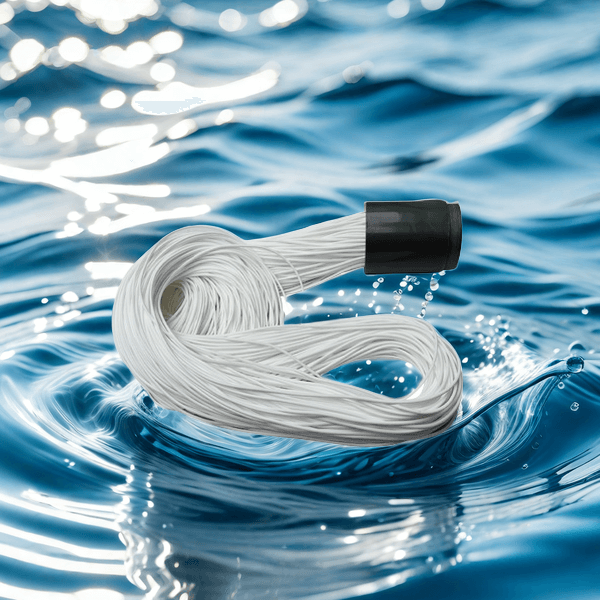Environmental requirements for the use of MBR membranes
MBR membrane (membrane bioreactor membrane) is widely used in modern wastewater treatment and industrial wastewater treatment, and has become a key component in many treatment systems due to its efficient solid-liquid separation and high-quality effluent quality. However, in order to ensure optimal performance and lifespan, specific usage environment requirements must be met. This article will provide a detailed introduction to the environmental requirements and importance of using MBR membranes.
Basic Principles
MBR membrane technology combines two major technologies, biological treatment and membrane separation, to achieve the removal of suspended solids, colloids, and microorganisms in water through the microporous structure of the membrane. The pore size of ultrafiltration membranes is usually between 0.01 and 0.1 microns, allowing MBR membranes to efficiently retain most pollutants and ensure excellent effluent quality.
Environmental requirements for use
1. Water temperature
The optimal operating temperature range is usually between 10 ℃ and 40 ℃. Excessive or insufficient water temperature can affect the separation efficiency and service life of the membrane. At extreme temperatures, membrane materials may undergo physical and chemical changes, leading to a decrease in membrane performance.
2. pH value
There are also certain requirements for the pH value of water. Usually, the applicable pH range is 6 to 9. Within this range, membrane materials can maintain stable chemical properties, ensuring separation efficiency and service life. If the pH value exceeds this range, it may cause physical damage or chemical corrosion of the membrane.

3. Suspended solids concentration
The concentration of suspended solids in the inflow has a significant impact on operation. High concentrations of suspended solids increase the risk of membrane blockage, shorten the cleaning cycle, and prolong the service life of the membrane. Therefore, in the pre-treatment process of influent, the concentration of suspended solids should be minimized as much as possible to reduce the load on the MBR membrane.
4. Chemical substances
MBR membranes have strict requirements for the types and concentrations of chemicals in the influent. Some chemical substances such as oils, heavy metals, oxidants, etc. can have a negative impact on membrane materials, leading to membrane fouling and performance degradation. Therefore, when using MBR membranes, it is necessary to strictly control the chemical substances in the influent to ensure that their concentration is within a safe range.
5. Biological pollution
Microbial activity in MBR membrane systems is an important part of achieving organic matter degradation, but excessive microbial reproduction can lead to biological contamination, affecting membrane flux and separation efficiency. Regularly monitoring and controlling the microbial concentration in the system, taking effective cleaning and maintenance measures, can extend the service life of the membrane.
6. Operating pressure
The operation of MBR membranes requires appropriate operating pressure, usually between 0.1 and 0.3 MPa. Excessive or insufficient operating pressure can affect the separation efficiency and service life of the membrane. Regularly checking and adjusting the operating pressure to ensure it is within a reasonable range helps maintain the stable operation of the system.
The importance of using the environment
Meeting the requirements of the usage environment not only ensures the separation effect of the membrane, but also extends the service life of the membrane and reduces operating and maintenance costs. By strictly controlling water temperature, pH value, suspended solids concentration, chemical substances, biological pollution, and operating pressure, the performance of MBR membrane can be maximized to ensure the efficient operation of the treatment system.
